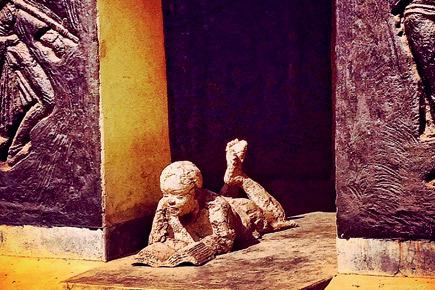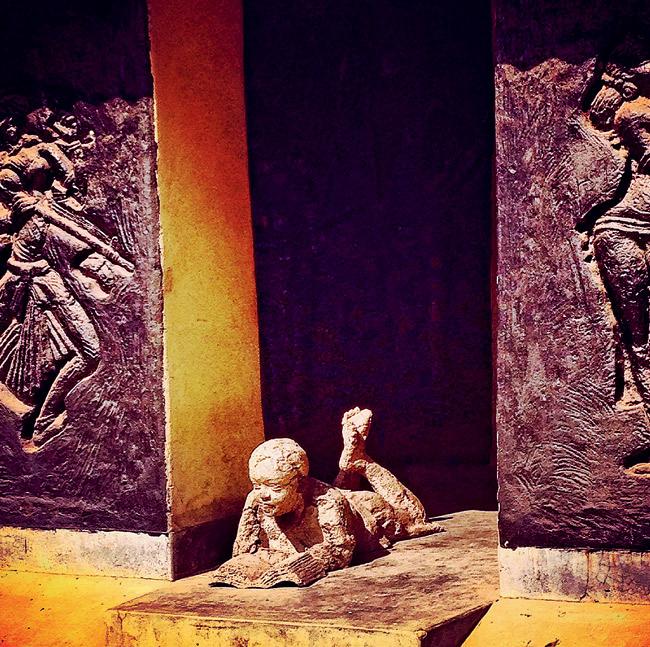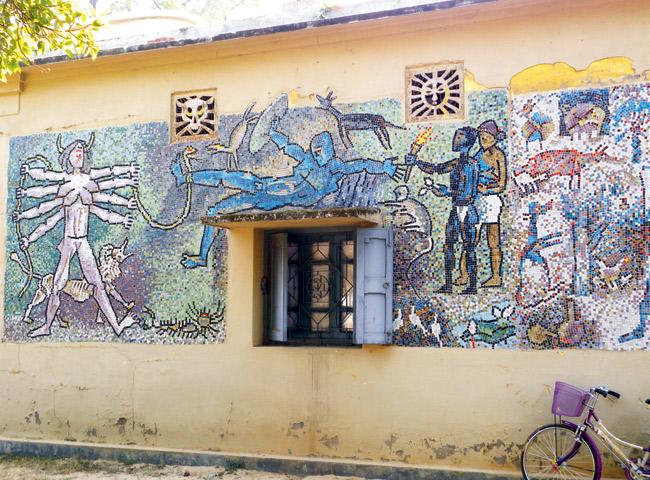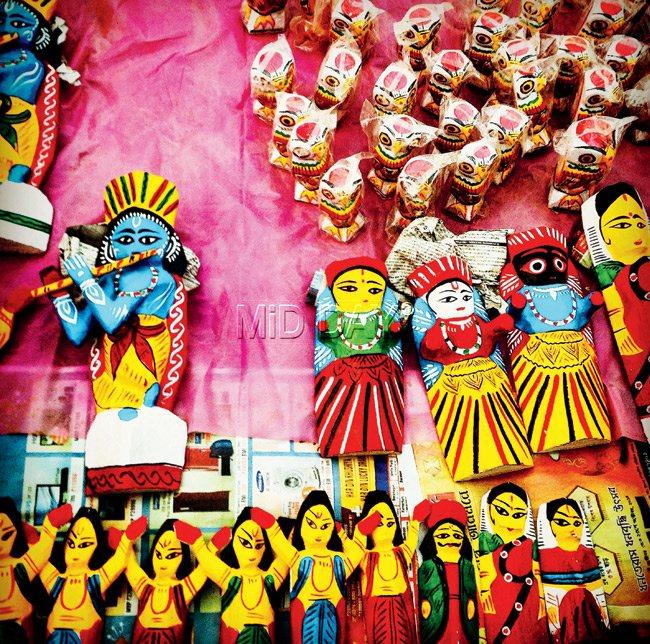Nobel laureate Rabindranath Tagore's vision was the Visva-Bharati University, modelled on the gurukul system. If you wish to soak in Tagore's dreams, and are time-strapped, try the guide's day-long itinerary

Shantiniketan
Last year, while in Kolkata for our annual family get together, we took a short ride to the calming yet lively town of Santiniketan (also spelt as Shantiniketan). With a day to spare, we packed in as much as possible in this itinerary.
ADVERTISEMENT

10 am > We began our day by visiting the Visva-Bharati campus. Vehicles are not allowed inside, and one has to walk. Guides are available outside the Santiniketan building, which is the first building in the area. It was a guesthouse built in 1863 by Maharshi Devendranath Tagore, father of Rabindranath Tagore. He named it Santiniketan and the entire space adopted the name. If you don’t find a guide on a busy day, follow the crowd. The area has several buildings associated with the Tagores — Nutan Bari and Dehali. Classes and major functions are held in the Amra Kunja (mango grove). Some of Visva Bharati’s institutions are also located here.

Mural painted by fine art students at Santiniketan. Pic Courtesy/Probal Mitter
The Rabindra Bhaban Museum was our next stop. This building was earlier a house called Bichitra, which was constructed in Tagore’s birth centenary year in 1961. The museum houses original manuscripts, letters, documents, medals (including a replica of the Nobel Prize medallion), plaques, certificates, paintings and photographs.
Timings: 10.30 am to 4.30 pm, closed on Wednesdays The Uttarayan complex has several buildings in Tagore’s memory — Udayan, Konark, Shyamali (mud hut), Punascha and Udichi.

Wooden, hand-painted dolls sold at the Khoai Mela. Pic/suprita Mitter
Entry fee: (Combined for Uttarayan complex and Rabindra Bhaban Museum) R5. No photography is permitted
12 Noon > Our next stop was the Sriniketan Campus (3 km away). It was established in 1922 and has two Bhabans (centres). When Rabindranath started this University, two things were on his mind — the spread of education and rural reconstruction. This campus offers Bachelors and Masters degrees in Science (Agriculture), Social Work, as well as Masters in Rural Development, Anthropology and other subjects.
Visiting Hours
Summer: 2.30 pm to 5.30 pm; winter: 2 pm to 4.30 pm
Lunch > There are many options. We chose the open-air restaurant attached to Hotel Kharimati in Sriniketan, set in a scenic garden. The Bengali Thali (Rs 240) offered fare like chicken/mutton/fish curry, moog dal, Shukto (mixed vegetable), fried egg plant, and was filling and delicious.
2.30 pm > Arguably, one of the most beautiful spaces inside Santiniketan is Kala Bhawan, also known as the Institute
of Fine Arts at Santiniketan.
It remains one of the world’s best colleges for fine arts and crafts. It houses a museum that displays sculptures, frescoes and murals, and a library of art books and literature.
4 pm > Our next stop was Shilpa Gram. It is well designed and showcases traditional handicrafts of the East (including Bihar, Assam, Odisha, Manipur, Andaman Islands and Jharkhand). A traditional house of the region filled with murals and artifacts represents each state.
5 pm > While at Santiniketan, do check out art and craft souvenirs made by the students and residents. Amar Kutir offers cloth items, leather bags, wallets, batiks and handloom fabrics.
Every Saturday, a Khoai Mela takes place on the banks of the Kopai River, which flows through Santiniketan. This river is mentioned as ‘Amader Chhoto Nodi’ (our small river) in many of Tagore’s poems, particularly those for children.
The mela starts at 3 pm and ends by 6 pm. Check out hand-painted cards, copper wire paintings, wooden toys, art made from waste material (including bicycle parts) and other rare finds made by locals and Kala Bhavan students.
 Subscribe today by clicking the link and stay updated with the latest news!" Click here!
Subscribe today by clicking the link and stay updated with the latest news!" Click here!






